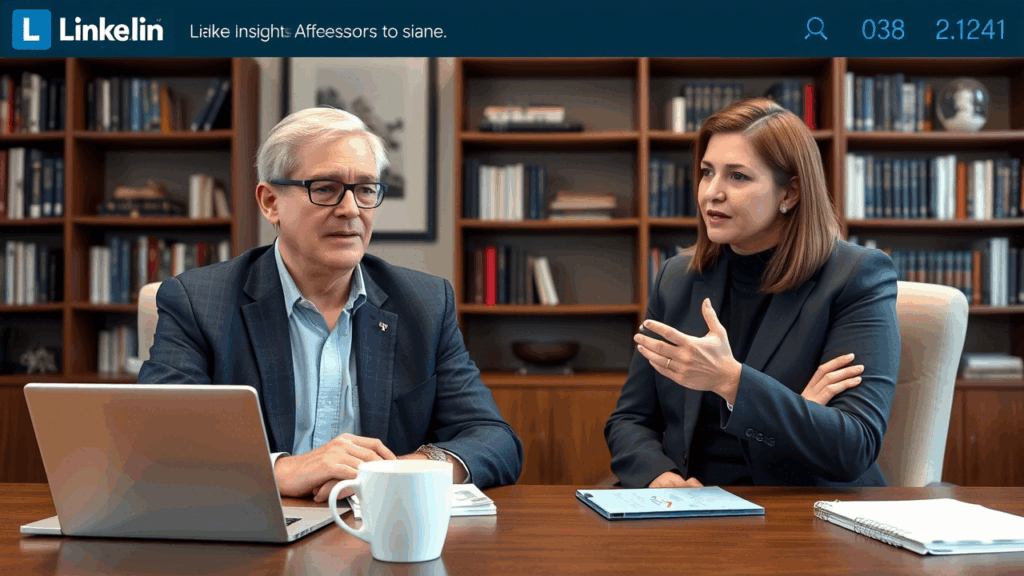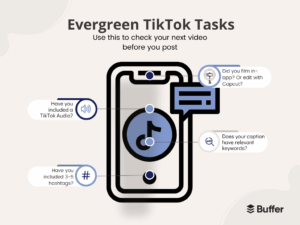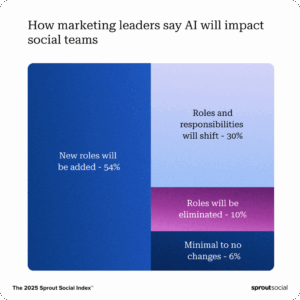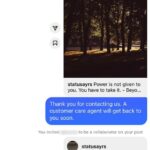LinkedIn has evolved far beyond a job-hunting platform. With over 1 billion users, it’s now a central hub for thought leadership, professional networking, and brand influence. As more professionals build their personal brands and share industry insights, LinkedIn influencers are playing a vital role in shaping conversations and driving decisions across sectors.
For brands, partnering with these influencers presents a powerful opportunity to boost credibility, expand visibility, and position themselves as industry authorities. But how exactly can businesses tap into this influence effectively? Let’s break it down.
Who Are LinkedIn Influencers?
Unlike creators on Instagram or TikTok who focus on lifestyle content, LinkedIn influencers are professionals—executives, entrepreneurs, industry analysts, and subject-matter experts—who consistently post high-value, insight-driven content.
Their content often includes:
- ✅ Long-form thought leadership articles
- ✅ Short, impactful opinion posts
- ✅ Analysis of trends and market shifts
- ✅ Live panels and Q&A sessions
- ✅ Engagement-driven polls and surveys
While major names like Gary Vaynerchuk, Neil Patel, and Melinda Emerson lead in reach, micro-influencers such as Sorav Jain, Umar Tazkeer, and Rajat Jain also deliver significant impact with their niche, highly engaged audiences.
Why LinkedIn Influencers Matter to Brands
1. They Build Trust and Credibility
Audiences trust people more than logos. When a respected voice on LinkedIn endorses or engages with your brand, it carries weight. This kind of peer-to-peer credibility is difficult to replicate through traditional ads.
Moreover, LinkedIn’s algorithm favors content that drives interaction. If an influencer talks about your brand, it naturally boosts visibility through likes, comments, and shares—giving your message far-reaching traction.
2. They Drive Quality Leads
Unlike general social platforms, LinkedIn’s audience is made up of decision-makers, buyers, and professionals with purchasing power. Influencer-led content here often attracts high-intent leads, making it a rich ground for B2B marketing and enterprise sales.
3. They Amplify Employee Advocacy
When your employees become micro-influencers themselves, it adds authenticity to your brand voice. Audiences relate more to people than corporate messaging, and an active employee presence fosters a sense of transparency and culture.
How Brands Can Tap into LinkedIn Thought Leadership
1. Partner with the Right Influencers
Identify influencers whose values align with your brand and who speak to your target audience. You don’t always need to go big—micro-influencers (5,000–50,000 followers) often have more focused and loyal communities.
Example: A SaaS company could collaborate with a B2B marketing strategist to highlight digital transformation insights, naturally featuring the product as a solution.
2. Promote User-Generated Thought Leadership
Empower your leadership team, employees, and customers to share their perspectives. This adds depth to your brand and fosters more human, relatable engagement.
Example: A CEO can post about strategic challenges in the industry, while team members share behind-the-scenes expertise in posts or LinkedIn Live events.
🔗 See a great example of this here
3. Host Influencer-Led Events
Use LinkedIn Live, webinars, or virtual panel discussions to connect with your audience in real-time. These sessions spark meaningful dialogue, build trust, and showcase your network’s expertise.
Example: Invite top voices in digital marketing to share trends and stories in a LinkedIn Live session or podcast.
🔗 Here’s an example from Umar Tazkeer
4. Sponsor Influencer Content
Many LinkedIn influencers accept sponsorships to create posts or articles that feature products or services in a relevant, professional context. Done right, it’s an ethical and effective way to connect with their audience.
Example: A cybersecurity firm could sponsor an influencer’s expert article on rising threats, with a natural mention of the company’s security solutions.
5. Invest in Employee Advocacy
Equip your team with the tools to build their presence on LinkedIn:
- Offer thought leadership workshops
- Help with content planning and support
- Recognize and reward top contributors
Example: A digital agency could launch a “Top Voices” program that highlights standout posts from employees each month.
Best Practices for LinkedIn Thought Leadership
- Value Over Promotion: Focus on insights, not sales pitches.
- Engage Consistently: Post 2–3 times per week and actively respond to comments.
- Be Authentic: Share real experiences, not polished corporate fluff.
- Use Data & Visuals: Charts, infographics, and case studies drive more interest.
- Foster Dialogue: Ask questions, invite opinions, and build community.
Conclusion
LinkedIn influencers are shaping the future of business communication and brand engagement. By collaborating with thought leaders and empowering your internal teams, your brand can build trust, increase visibility, and generate real business impact.
The time to embrace LinkedIn thought leadership is now.
Is your brand part of the conversation yet?









